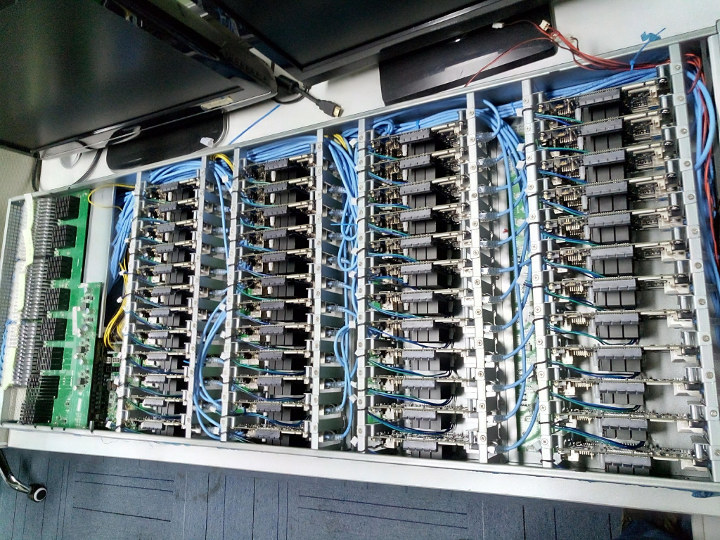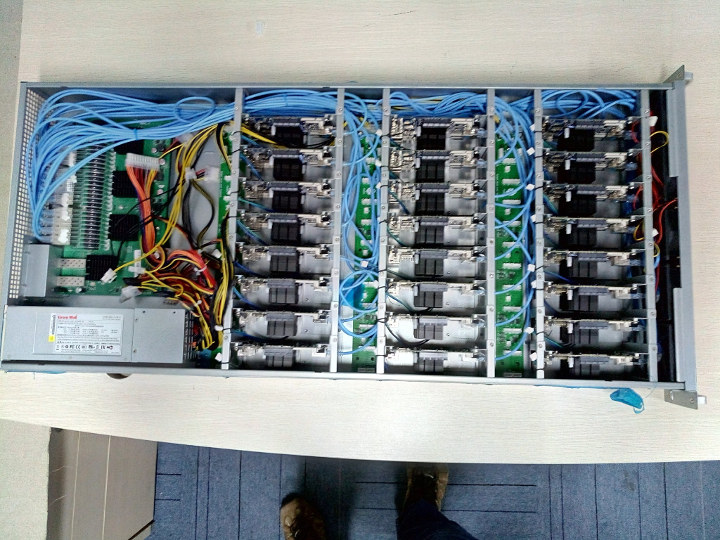Boards’ clusters are always fun to see, and PINE64 has shared pictures of two RockPro64 clusters with respectively 48 and 24 boards neatly packed into partially custom enclosures. The 48-node cluster will feature a total of 288 cores, including 96 Arm Cortex-A72 cores and 188 Cortex-A53 cores, as well as 192GB of LPDDR4 RAM.
Low cost development boards may be seen as toys by some, so it’s interesting to learn that PINE64 plans to move their complete website infrastructure including the main website, a community website, forums, wiki, and possibly IRC on the 24-node cluster, while it seems the 48-node cluster may be used for their build environment.

The company has just completed the assembly of the clusters, and did not disclose the full technical details just yet. However, a progress report may be written in due time.

Once the migration is done, and everything works as it should, it will be a good showcase of the stability of RockPro64 boards and accompanying software.

Jean-Luc started CNX Software in 2010 as a part-time endeavor, before quitting his job as a software engineering manager, and starting to write daily news, and reviews full time later in 2011.
Support CNX Software! Donate via cryptocurrencies, become a Patron on Patreon, or purchase goods on Amazon or Aliexpress




